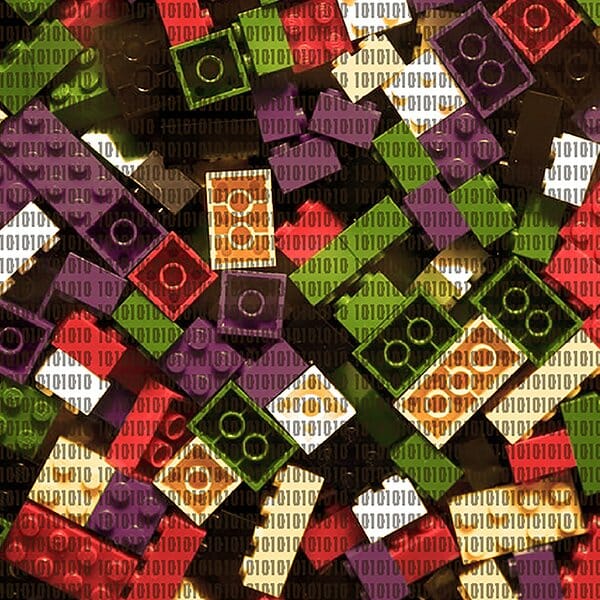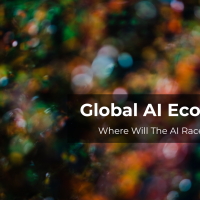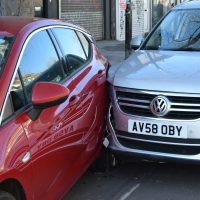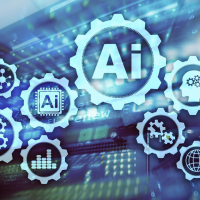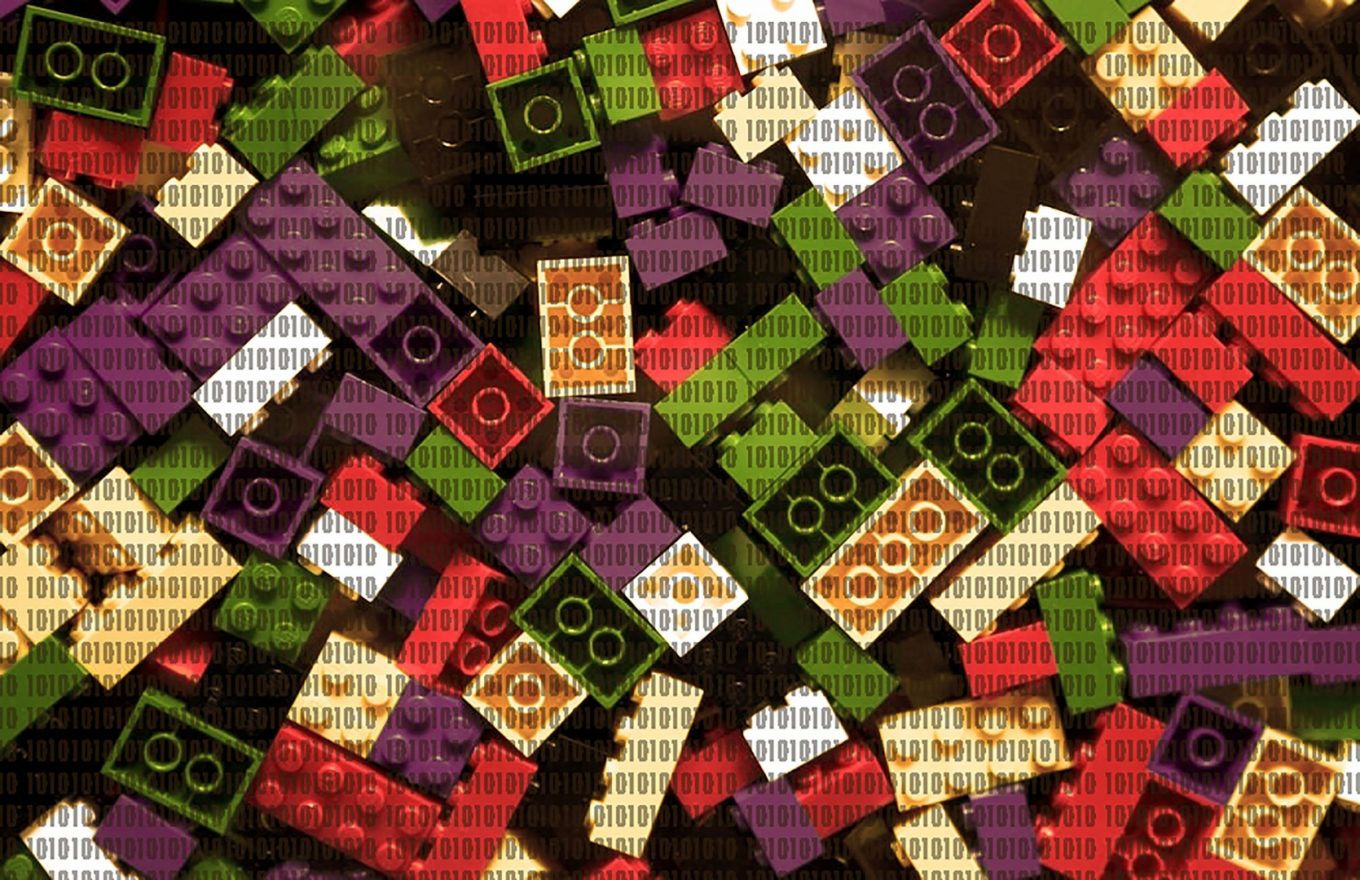
The SWOT guide to blockchain is a guide in 6 parts, where both the opportunities and challenges of blockchain are considered. Blockchain has the potential to be groundbreaking, offering opportunities and better solutions for a range of situations and industries worldwide. It is easy to get swept up in the euphoria that those that strongly favor this technology inspire. However, it is not without its drawbacks. Analysing blockchain’s strengths, weaknesses, opportunities, and threats, is important to really understand what blockchain technology has to offer, from an objective perspective, and where it is best placed to help and bring about innovation that truly improves the world.
What is SWOT
SWOT Analysis is a method of analysis developed by Alber S. Humphrey (there has been some debate on the originator of the tool, as discussed in the International Journal of Business Research) which is a useful technique for understanding the Strengths and Weaknesses, and for identifying both the Opportunities and the Threats of any given technology and/or product. Strengths and weaknesses are often internal to the technology itself, while opportunities and threats generally relating to external factors. These boundaries though, are not fixed but permeable; a strength is also an opportunity, but it can become a threat if looked at through the wrong mindset.
By the end of the day, Blockchain is human technology, invented by human consciousness.It is thus alive, impregnated with human values and always evolving. If we want a Blockchain technology that truly helps and improves the world, the type of mindset of the ones involved with blockchain impacts the outcomes of the technology.
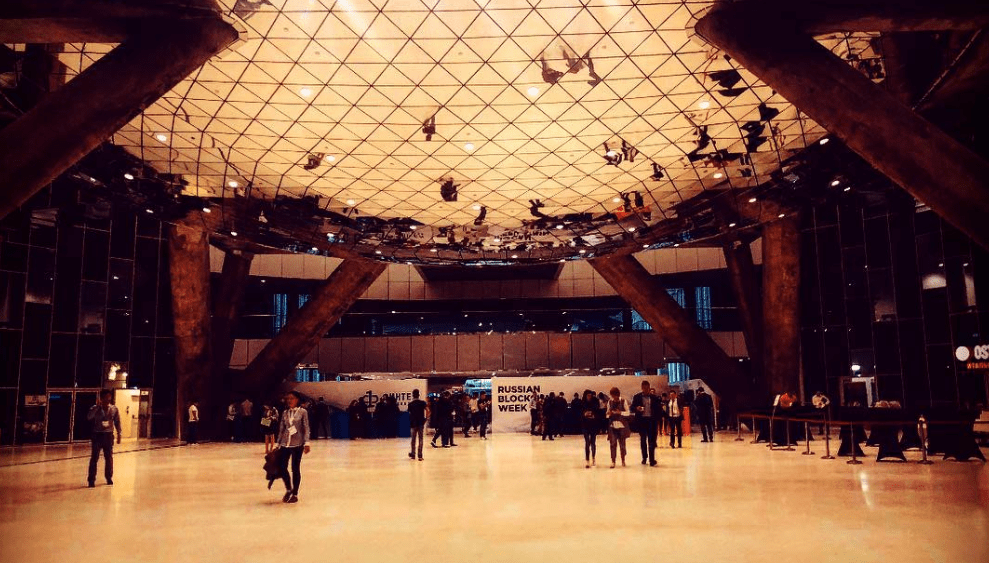
Strengths
Blockchain is, by the end of the day, a decentralised and distributed database ( distributed along the nodes of its network). What are then its strengths? A decentralised ledger of transactional data presents numerous operational benefits. These are for example the lower cost of ownership its secure encryption and tamper-proof capabilities. Supposedly it also provides reduced storage costs and operational efficiency accessible worldwide. The storage is distributed and not centralised.
It facilitates information sharing in a transparent way and it provides a platform for Big Data and Analytics projects that is decentralized. Finally, it integrates accounting into transaction record itself.
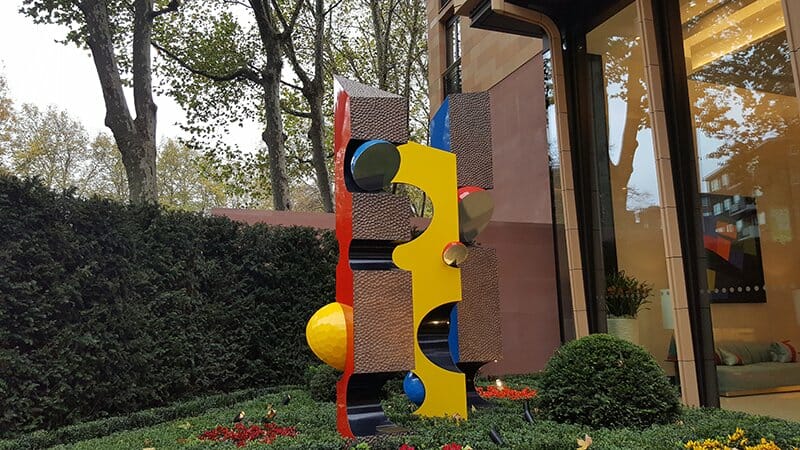
Opportunities
Looking at opportunities, pertain to the external. How are the practical applications of blockchain helping the world? Payment processing is one of the benefits that has arguably been most explored for blockchain technology. This is to the point that some people do not even understand that blockchain has benefits beyond those provided for cryptocurrencies, which have become slightly discredited due to all the scams and speculation happening in 2018.
However, blockchain can also be used for many other types of commerce. In particular, it offers the potential for benefits with transactions between countries. At the current time, cross-border transactions can be slow and cumbersome, given the number of checks that need to occur. However, blockchain technology provides the chance to develop an archictecture that can be used across borders, to carry out transactions very quickly, in comparison. Given the level of trust and the lack of a need for a middleman, due to blockchain’s theoretical immutability, this technology is well-suited to driving change in the ways in which commerce is done.
Another significant area of benefit is which blockchain offers to businesses. For example, blockchain can be used to foster a fairer sharing economy. It can also be used in the supply chain which would help with the circular economy movement, and for quality control too ( also helping the ethical/sustainable production movement). The information exchange it allows between suppliers and customers will also be beneficial. Document management can be better tracked through the use of blockchain, ensuring that everyone is accessing the same data.
Governments can also gain opportunities from the use of blockchain technology. Solutions built from blockchain can be used for identity management in particular, as well as for smart contracts. Data can be securely stored within for protecting state services. All of this can reduce bureaucracy and speed up processes, benefiting society as a whole since greater efficiency should, in theory, mean lower costs. Fewer people will be required to carry out manual checks. Finally, if IoT becomes mainstream, blockchain could be the perfect technology to adopt.
All of these are important benefits that could be brought about by taking advantage of blockchain technology.
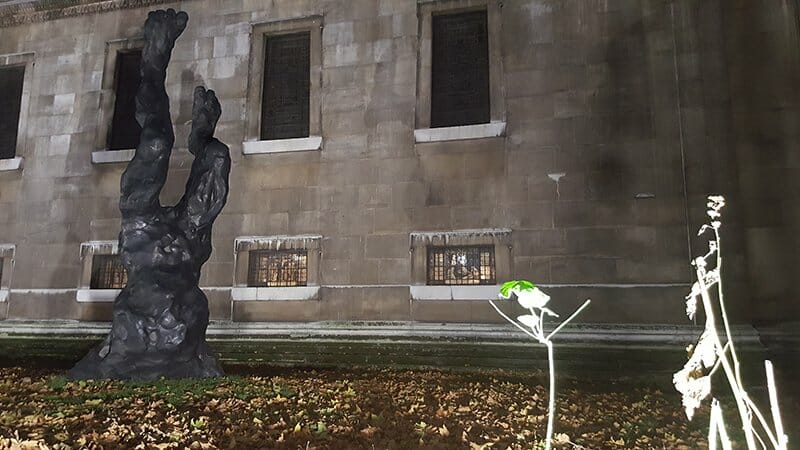
Threats
Blockchain challenges also need to be considered. Believing this technology is without its issues would be folly. One challenge is the risk of a 51% attack. To understand what this means, one needs to grasp how blockchain architecture operates. A blockchain network, consist of a group of nodes ( computers). A 51% attack occurs when either a node or group of nodes within the network that control 51% of the power of the blockchain can change the records on the blockchain. This makes blockchains not immutable in this circumstance. Such an attack would damage the reputation of blockchain, and impact negatively on its potential use.
The 51% issue also becomes more challenging to manage once a network gets to a particular size. There are likely to be space issues associated with the storage of data, given the massive amounts of data that need to be stored on large blockchains. Perhaps linked to this, blockchain can be slow to process transactions compared to current solutions within the market like debit cards. This is problematic considering that payments for many types of goods and services need to be instantaneous – for example, for food or beverages.
It is also important to understand that established incumbents do not necessarily have an interest in blockchain succeeding, and this, realistically, does influence its ability to succeed. The large players in the financial industry would in many cases like blockchain technology to just go away. After all, blockchain is not in their interests, as middlemen. Banks make a lot of money through acting as a middleman, but blockchain could impact on profits since no middleman is needed. Banks have a lot of power and can influence governments. This potential barrier should not be ignored, as it could limit the ways in which blockchain could be used. This is compounded by the fact that the complexity of the technology makes it challenging to understand the multitude of ways in which it could bring benefits. On the other hand the idea of smart contracts is frightening for most people, who are rightly suspicious of the benefit automated processes, such as the ones implicit in smart contracts.
There are also negative environmental impacts of blockchain. Some of these threats/challenges will be looked at in detail in later sections of this guide.

Weaknesses
Blockchain is an extremely complex technology. One thing is the media’s narrative and storytelling about it, another is the details of how it operates. The devil is in the detail, but to look at those details, is key to prevent challenges and foresee solutions. An important weakness of blockchain pertains to the network itself. These tend to be quite small (made up with the connected nodes of the network, each node run by smart engineers and techie coders, that know how to mine and/or program). Actually, most applicable solutions developed with blockchain tech, use off-chain technology. Then, the issues with energy consumption are remarcable and need to be tackled, if blockchain truly delivers what it promisses. Finally, there are problems of scale …. but this is a problem that can be transformed into an opportunity, as it can disrupt the mentality of “scale at all costs” still prevalent in the business world. Its automation processes, based in smart contracts, can also be seen as problematic, of easy access to hackers, and highly inhumane, as there is no one to contact in case of loss of users credentials.
The SWOT Guide to Blockchain Part 1
The SWOT Guide to Blockchain Part 2
The SWOT Guide to Blockchain Part 3
The SWOT Guide to Blockchain Part 4
The SWOT Guide to Blockchain Part 5
The SWOT Guide To Blockchain Part 6
Guide was written by Maria Fonseca and Paula Newton

Maria Fonseca is the Editor and Infographic Artist for IntelligentHQ. She is also a thought leader writing about social innovation, sharing economy, social business, and the commons. Aside her work for IntelligentHQ, Maria Fonseca is a visual artist and filmmaker that has exhibited widely in international events such as Manifesta 5, Sao Paulo Biennial, Photo Espana, Moderna Museet in Stockholm, Joshibi University and many others. She concluded her PhD on essayistic filmmaking , taken at University of Westminster in London and is preparing her post doc that will explore the links between creativity and the sharing economy.

